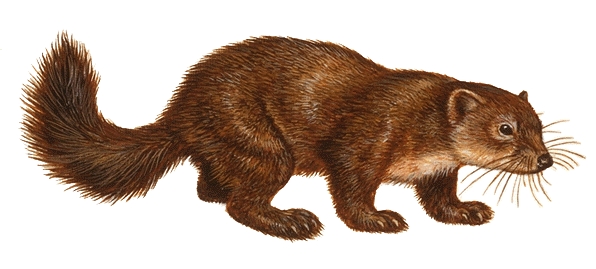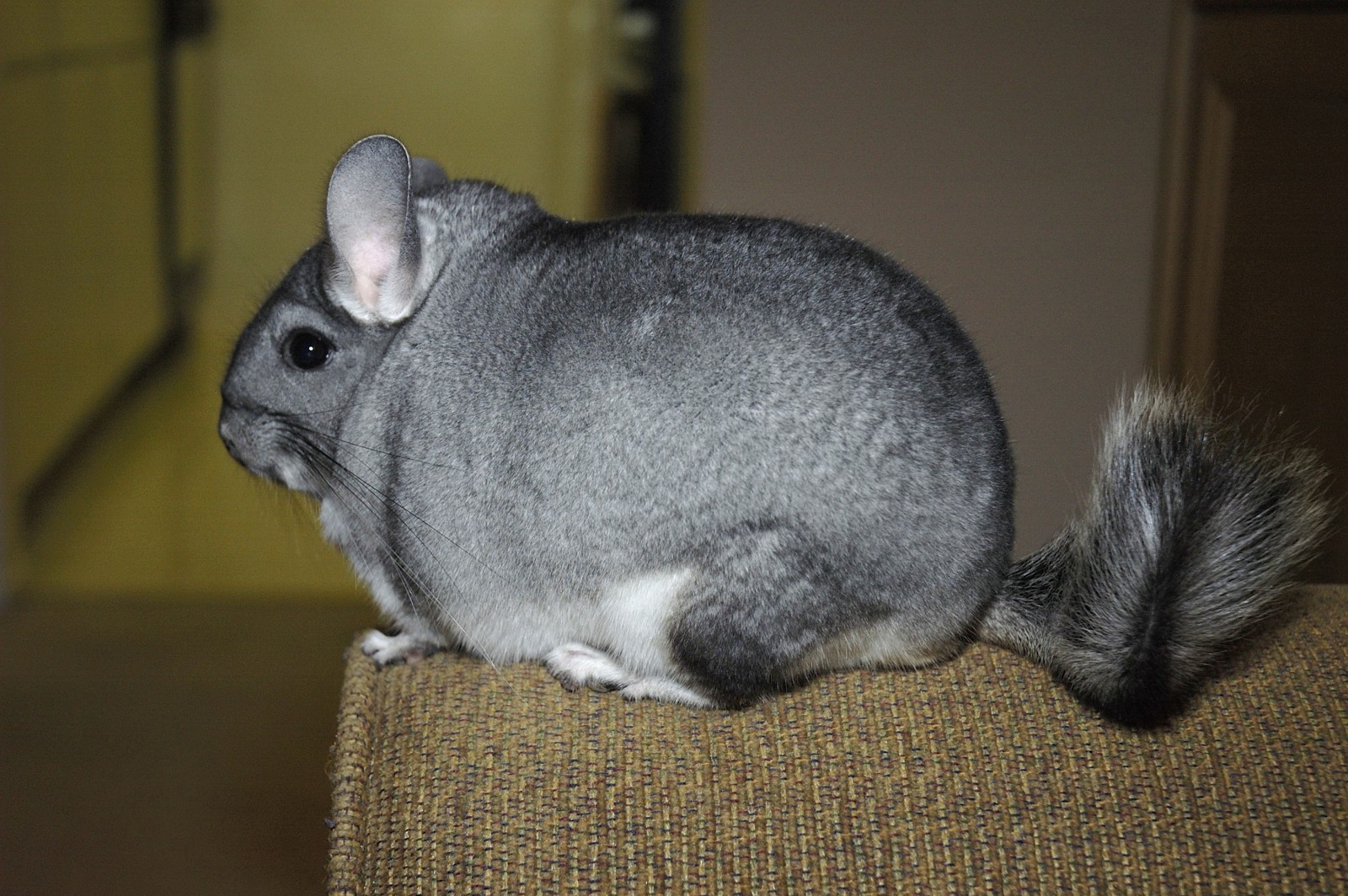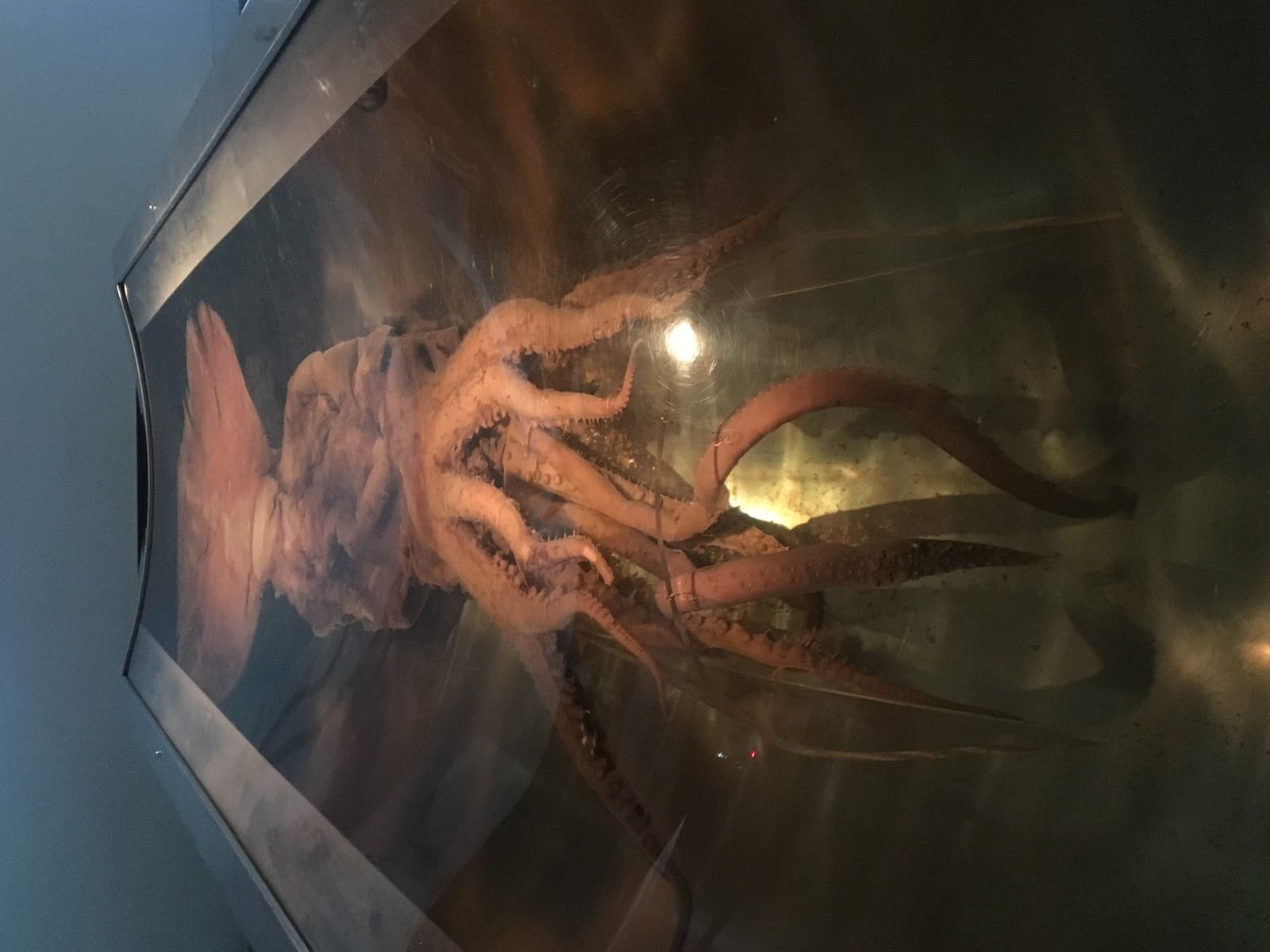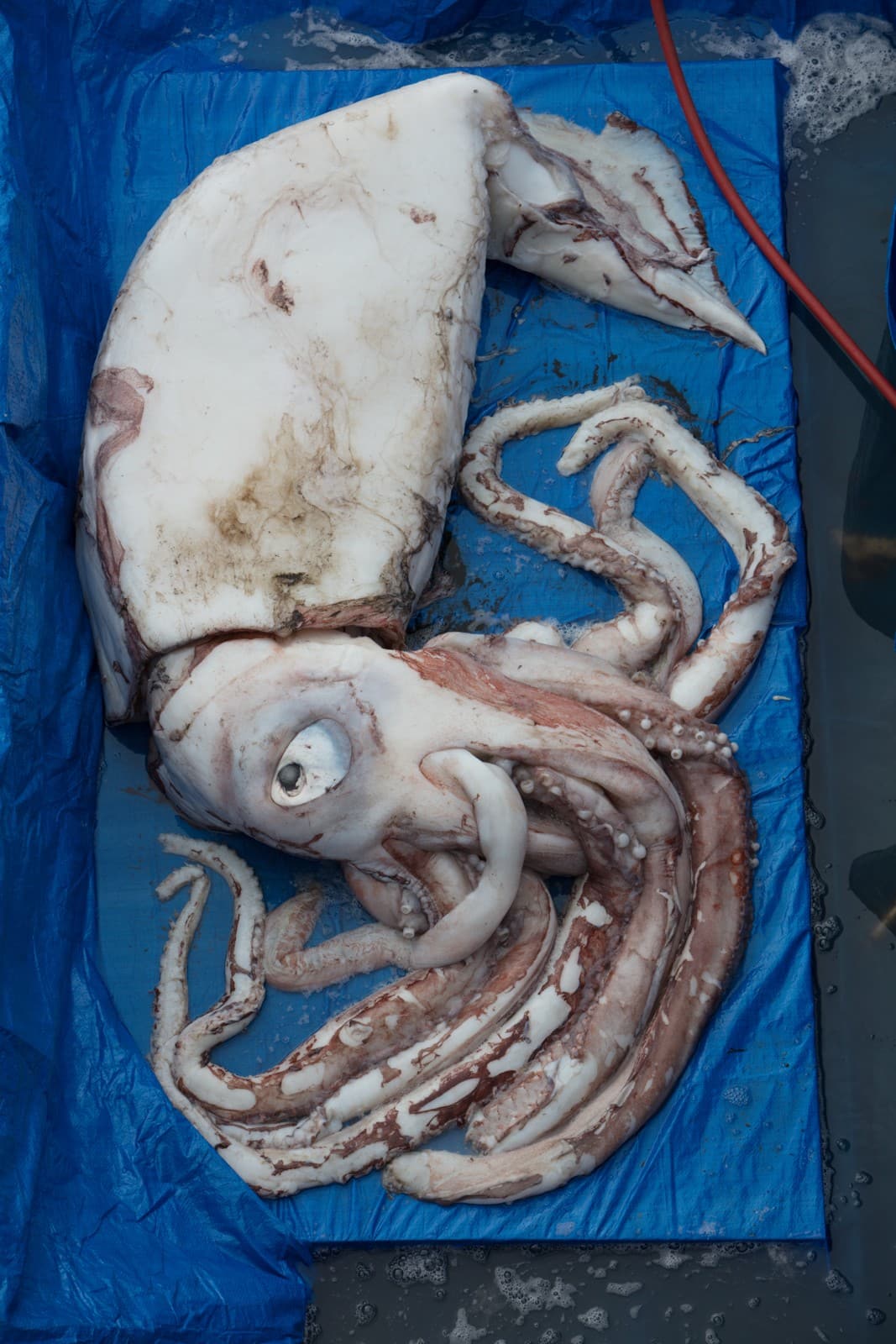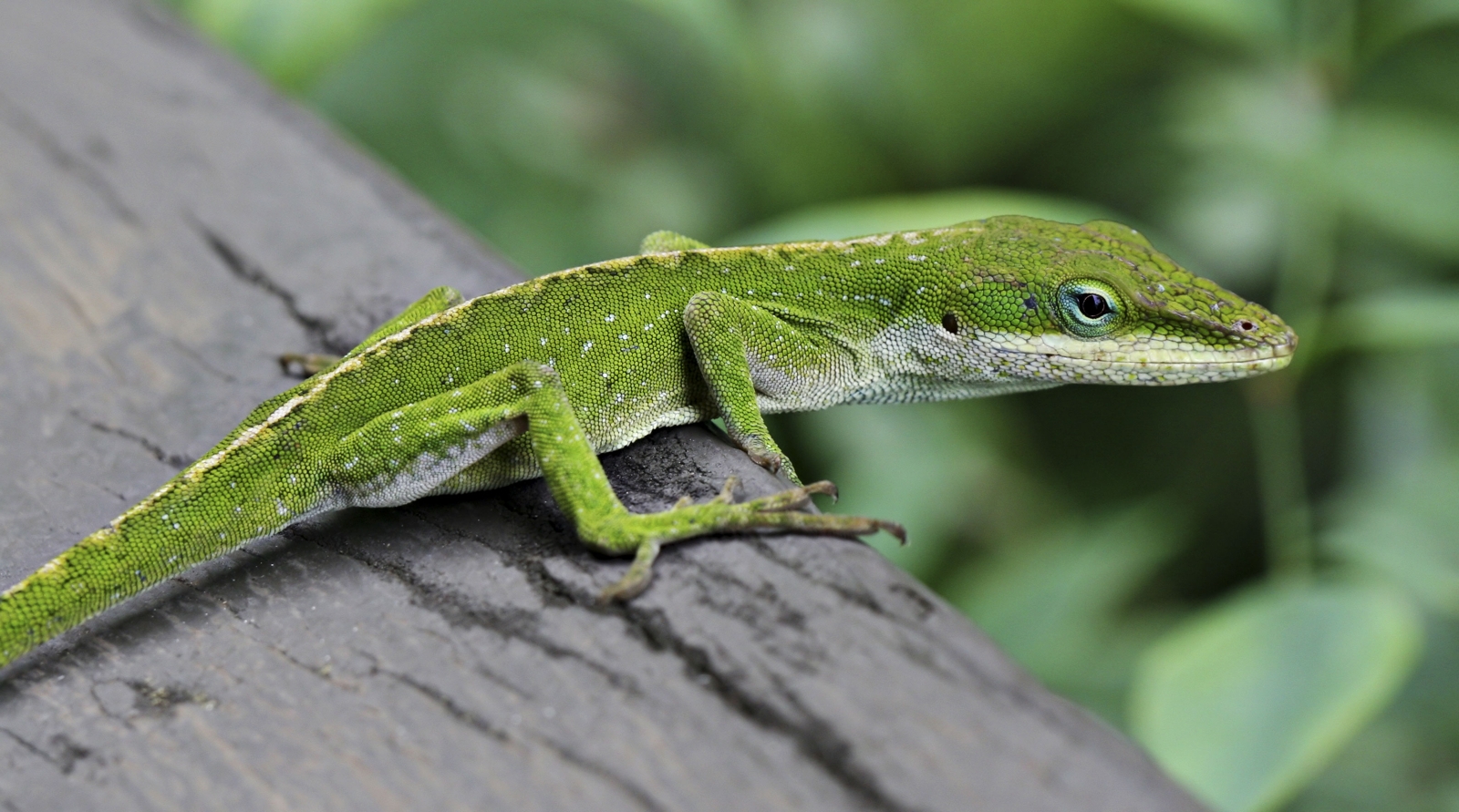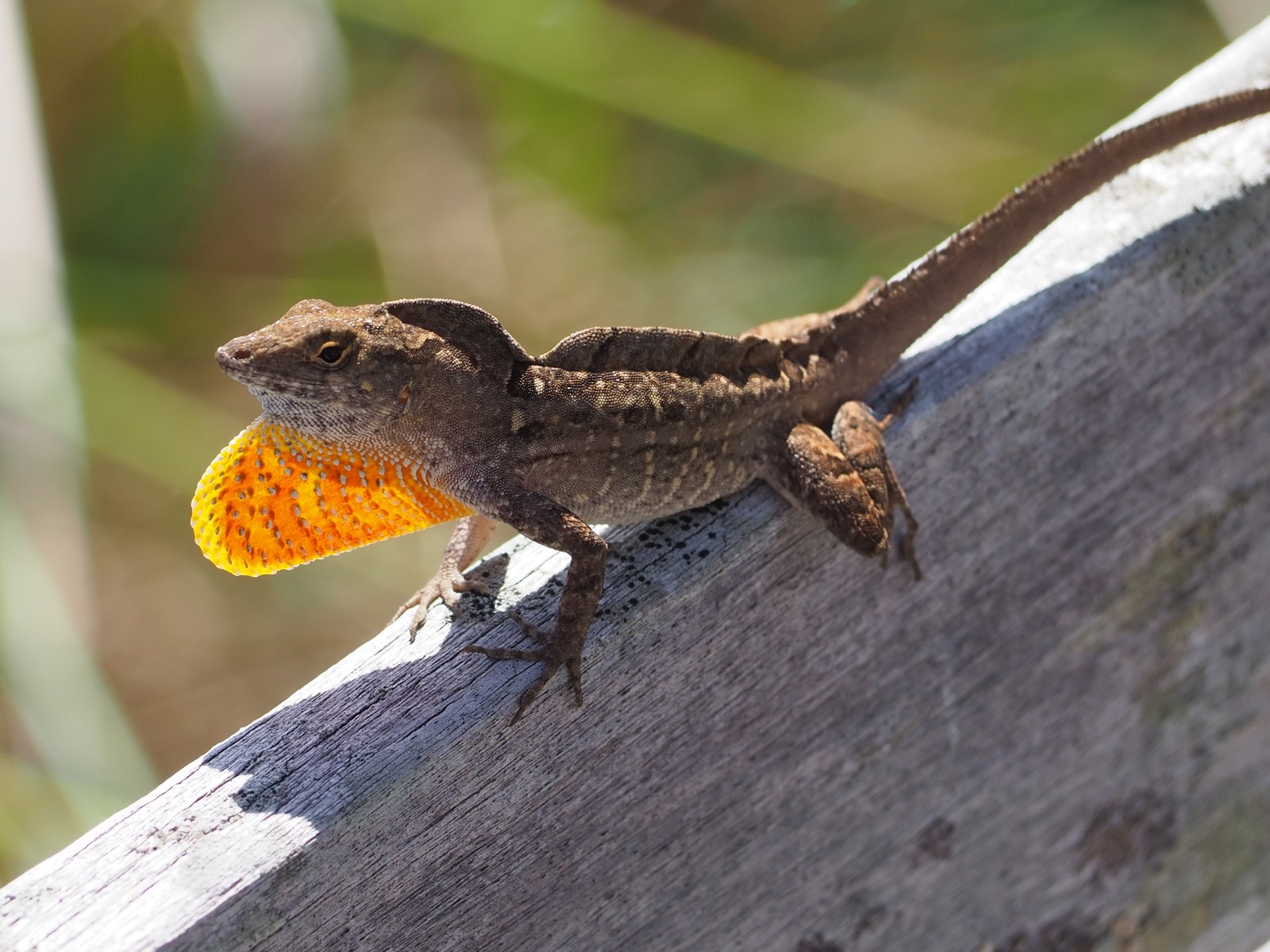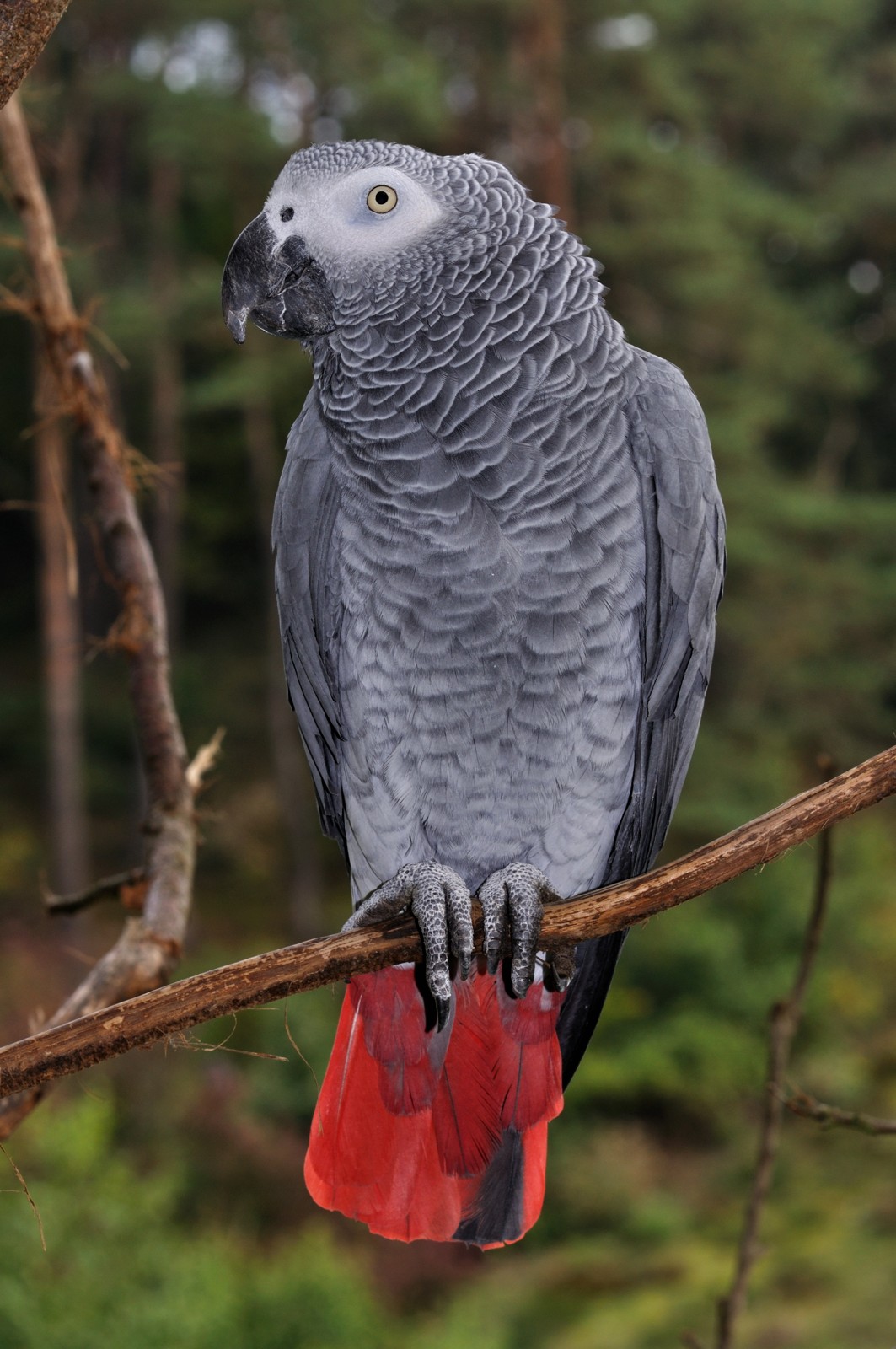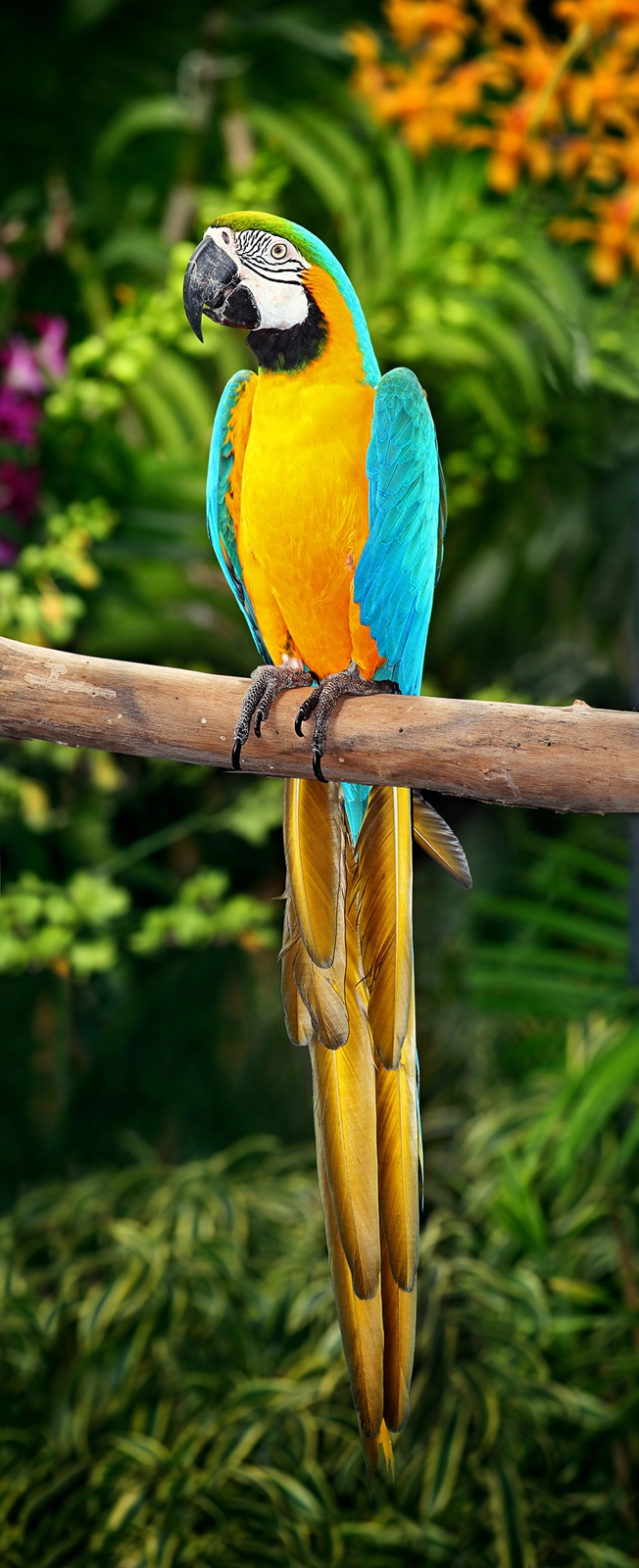Parrotfish vs Angelfish: A Complete Comparison
When comparing Parrotfish vs Angelfish, we’re examining two distinctly different fish families that showcase the incredible diversity of reef ecosystems. Parrotfish, measuring up to 4 feet (1.2 meters) in length, are robust coral reef excavators equipped with powerful beak-like teeth. In contrast, Angelfish, typically reaching 6-8 inches (15-20 cm), are elegant swimmers known for their compressed, disc-like bodies and intricate color patterns.
These fascinating fish species differ dramatically in their ecological roles and behaviors. While Parrotfish are essential reef engineers that process up to 2,000 pounds (907 kg) of coral annually to create sand, Angelfish serve as indicator species for reef health, with their presence suggesting a well-balanced marine ecosystem.
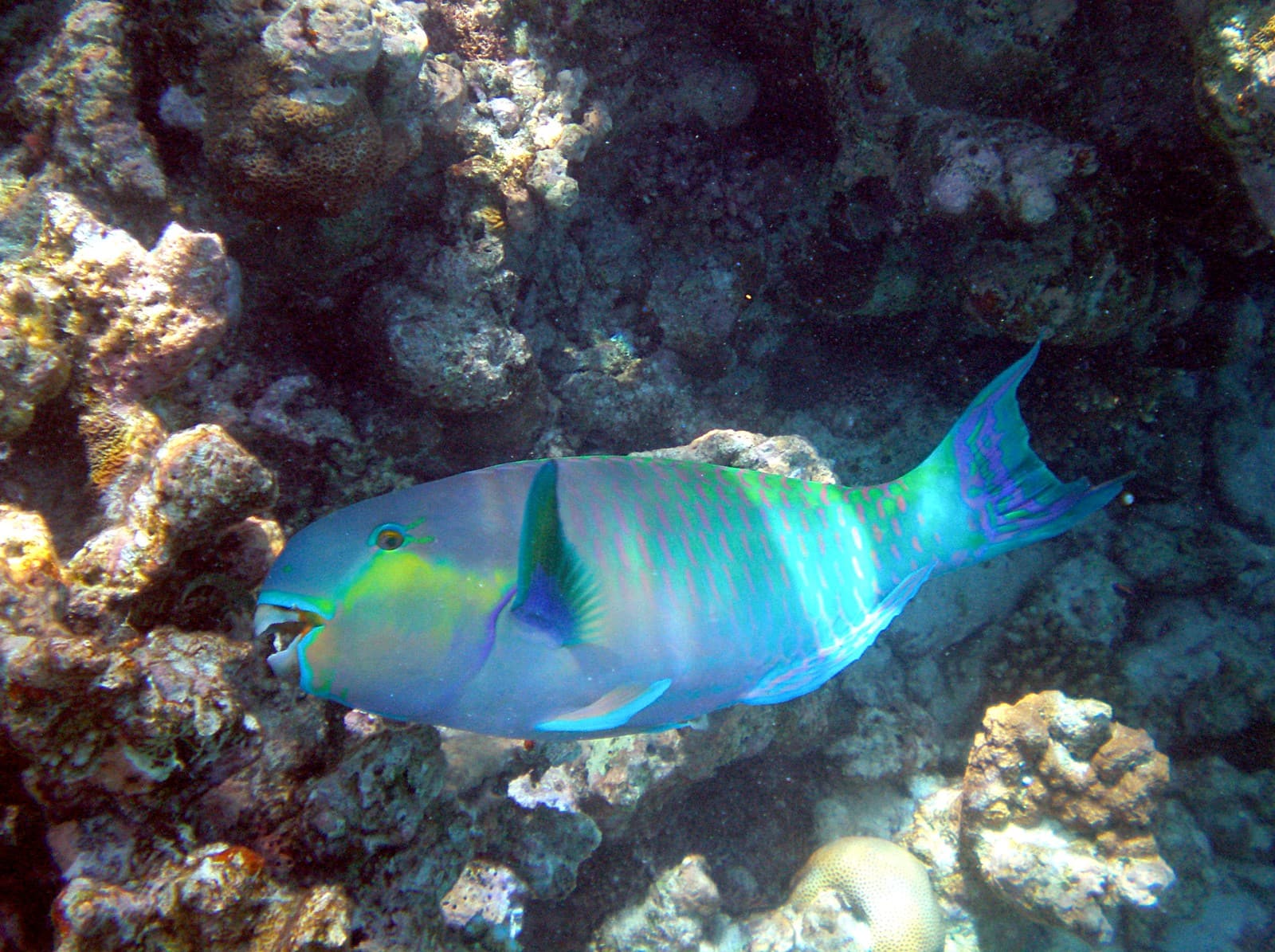
© Uxbona / CC BY-SA 3.0
A magnificent Queen Parrotfish demonstrates its characteristic features: robust body structure, powerful beak-like mouth, and stunning iridescent coloration that makes it instantly recognizable among reef dwellers.
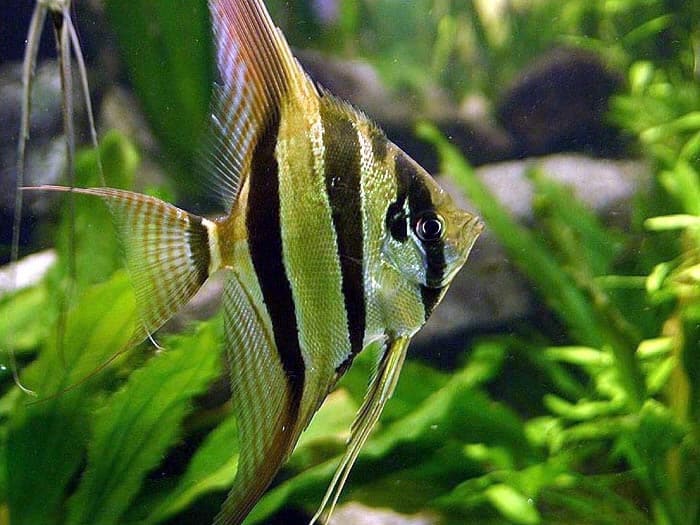
© / CC BY-SA 1.0
A freshwater Angelfish showcases its elegant vertical stripes and distinctive triangular shape, characteristics that have made these fish highly sought after in the aquarium trade.
| Feature | Parrotfish | Angelfish |
|---|---|---|
| Size | Up to 4 feet (1.2 m) | 6-8 inches (15-20 cm) |
| Diet | Coral polyps, algae | Small invertebrates, plant matter |
| Habitat | Coral reefs | Both freshwater and marine environments |
| Lifespan | 5-7 years | 10-12 years |
| Social Behavior | Often solitary or small groups | Typically pair-bonded or small schools |
| Special Features | Beak-like teeth, mucus cocoon at night | Compressed body, extended fins |
Habitat and Distribution
Parrotfish are exclusively marine species, found primarily in tropical and subtropical coral reefs worldwide. These remarkable fish play a crucial role in reef ecosystems, spending up to 90% of their day actively grazing on coral and algae. In contrast, Angelfish species have adapted to both marine and freshwater environments. Marine angelfish inhabit coral reefs, while freshwater species are native to the Amazon River basin and other tropical waterways.
Feeding Habits and Diet
The feeding strategies of Parrotfish vs Angelfish couldn’t be more different. Parrotfish possess powerful beak-like teeth that can crush coral skeletons, extracting nutritious polyps and algae. Their distinctive feeding behavior produces up to 800 pounds (363 kg) of sand per year per fish. Angelfish, however, are more delicate feeders, using their small mouths to pick at invertebrates, algae, and plant matter. Marine angelfish species primarily consume sponges and tunicates, while freshwater varieties prefer small crustaceans and worms.
Physical Characteristics
Parrotfish Features
- Robust, elongated body
- Powerful beak-like dental plates
- Scales that secrete protective mucus
- Dramatic color changes throughout life stages
- Strong tail fin for powerful swimming
Angelfish Features
- Compressed, disc-like body
- Extended dorsal and anal fins
- Pointed snout
- Variable coloration patterns
- Small, precise fins for maneuverability
Behavior and Social Structure
Parrotfish exhibit fascinating behavioral adaptations, including the ability to produce protective mucus cocoons for nighttime sleeping. They often undergo dramatic sex changes, with some species capable of transitioning from female to male. Angelfish, particularly freshwater species, form strong pair bonds and display complex parenting behaviors, with both parents participating in egg care and fry protection.
Conservation Status
Both fish families face various environmental challenges. Parrotfish are crucial for coral reef health, and their decline can significantly impact reef ecosystems. Some species are threatened by overfishing and habitat destruction. While most Angelfish species maintain stable populations, certain marine varieties face pressure from collection for the aquarium trade and habitat degradation.
Who Would Win in a Confrontation?
While direct confrontations between Parrotfish and Angelfish are rare in nature, Parrotfish would have a clear advantage in any potential encounter. Their larger size (up to 4 feet vs 8 inches) and powerful beak-like mouth structure make them significantly more formidable. However, these species typically avoid conflict, occupying different ecological niches within their respective habitats.
Aquarium Compatibility
Marine aquarists should note that Parrotfish are generally unsuitable for home aquariums due to their size, specialized diet, and complex care requirements. Angelfish, particularly freshwater varieties, make excellent aquarium inhabitants, though they require specific water parameters and adequate space for their tall, vertical body shape.
Through this comprehensive comparison of Parrotfish vs Angelfish, we can appreciate how these distinct fish families have evolved to fill different ecological roles while contributing to the incredible diversity of aquatic ecosystems worldwide.
